 |
|

|
 |
February Large Animals News |
February 2020 |
 |
|
 |
What a difference some useful rain can make!
The rain in our district since mid January has been a hit and miss affair in many places but there is no doubt we are seeing the landscape respond where it has fallen. We hope the change in weather pattern holds and we continue to receive useful falls through autumn.
With green feed comes the risk of animal health issues such as pulpy kidney and worms. Our February newsletter covers these topics in more detail & is a timely reminder for us to be aware of the increased risk with changes in pasture conditions.
Vet Nikki Burns provides our February 'in the field' article on respiratory disease in cattle, a condition which we have been called out to diagnose and treat over the past few months. She gives a concise read of risk, cause and prevention strategies.
|
 |
 Vet Nikki Burns
|
 |
 |
|
|
|
 |
 |
01 Respiratory disease in yarded cattle |
 |
 |
|
 |
We are always keen to share what we are currently seeing in the paddock and recently we've had calls to investigate respiratory problems in cattle.
The increase in incidence is due to practices employed more frequently in dry or drought times with cattle being fed in confined spaces or lotfeeding. Vet Nikki Burns lists risk factors, common causes and preventative strategies that can be employed to minimize impact and losses.
Risk factors
- Prior transport to the yards
- Stress
- Dust in the yard and or feed
- Poor nutrition
- Mixed group that may lead to bullying
- Sudden water changes
Common causes
- Bovine Respiratory Virus; includes Bovine Rhinotracheitis, Pesti virus, Bovine Respiratory Syncytial virus and Parainfluenza type 3 virus
- Bacteria; Mannhaemia haemolytica (most common hence why vaccinating with MH-1), Pasteurella multocida and Haemophilus somnus
Preventative strategies
- Checking feed quality
- Pesti virus; knowing your herd status in the breeders. If a large portion of the breeding stock in naïve vaccinating with Pestigard prior to breeding.
- Reducing dust in the feed – wetting down hay and reducing dust in the yards.
- Avoid sudden changes in feed and water
- Bovi-shield MH-1 – protection within 7 days and lasts 17 weeks from one injection
- Identifying early cases and treating appropriately and then ideally separating into a hospital pen
- Minimising pen add ons and movements
- If any deaths occur or require euthanasia a post mortem and collection of samples is useful to identify the pathogens.
Please contact us to speak with our vets if you have any concerns or questions - 63618388.
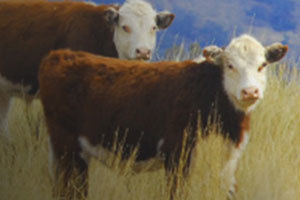
|
 |
 |
|
 |
 |
02 Fresh growing feed and pulpy kidney |
 |
 |
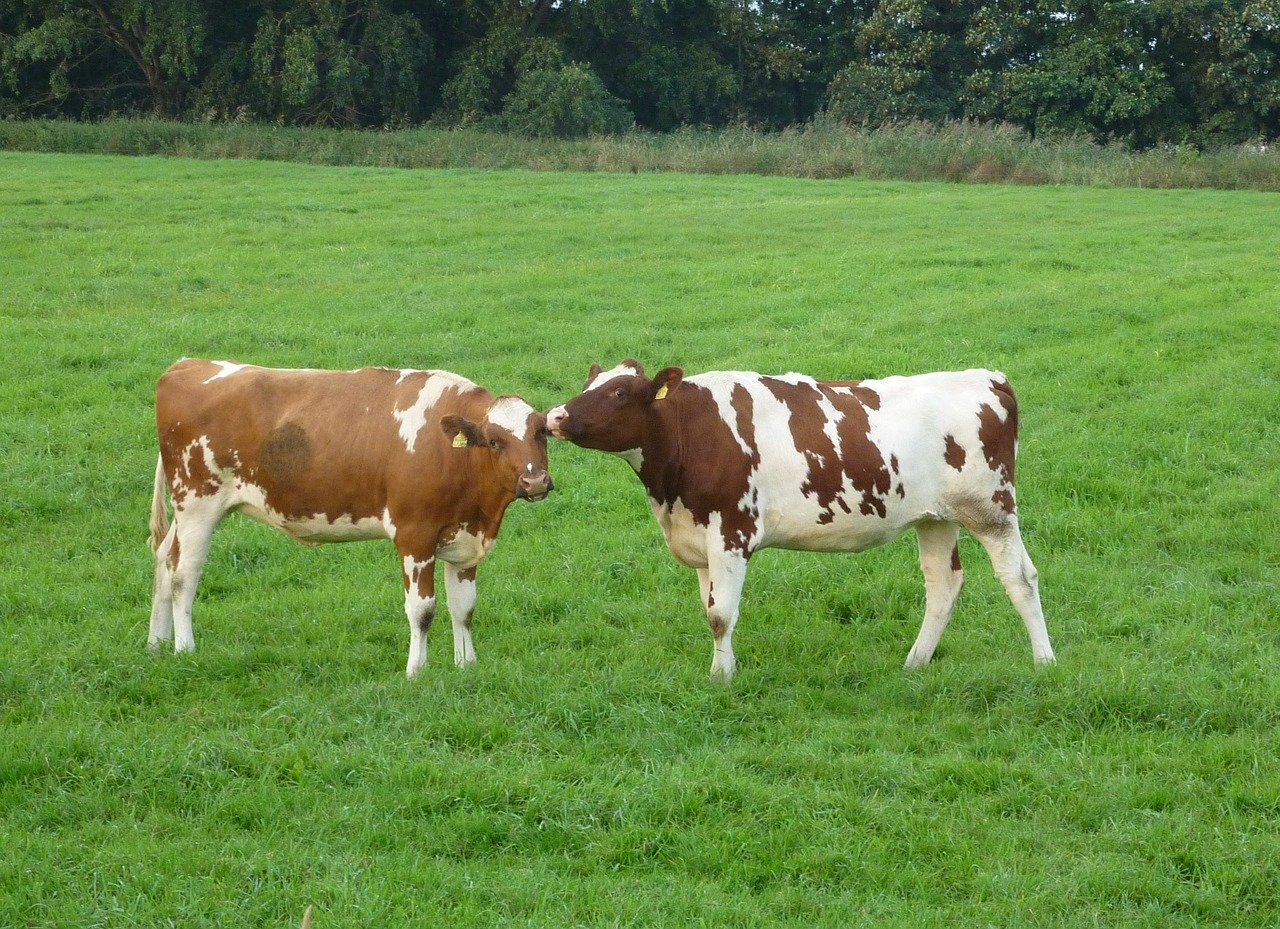
With good rain falling over parts of the eastern states, with follow-up hopefully on its way, there will be good grazing opportunities as the lush pasture gets away. To be sure not to squander the opportunity, protect cattle from pulpy kidney.
What’s pulpy kidney?
Pulpy kidney is a disease that can cause sudden death in cattle. It often affects stock in good body condition and can be difficult to diagnose.
What causes pulpy kidney?
The disease is caused by Clostridium perfringens Type D and the toxin it produces. The bacteria can exist in small amounts in the gut of healthy animals, but factors that alter the environment in the gut enable the bacteria to multiply rapidly, producing high levels of toxin, resulting in death very quickly.
What are the risks?
Sudden changes in the amount or quality of feed, such as introduction to lush pasture can alter the gut environment and allow bacterial spores to germinate, multiply and release toxin. Therefore, the risk will be high as pasture gets away after the recent rain, especially if hungry animals are moved from low-quality feed onto these pastures.
Managing the risk
There is no treatment for the disease, so prevention is crucial.
The two main risk management strategies are:
- Avoid putting hungry stock straight onto lush green pasture. Fill them up with hay first, and if practical, have access to hay while they transition onto their new diet of lush green grass
- Vaccination - always make sure animals have been vaccinated with their primary course of two vaccinations, 4-6 weeks apart. Then boost annually. Under high challenge, the effective immunity against pulpy kidney may only last three months. So coincide vaccination the peak risk period, and if in doubt, additional boosters are a good idea.
|
 |
 |
|
 |
 |
03 Managing worms in sheep during the drought and after rains |
 |
 |
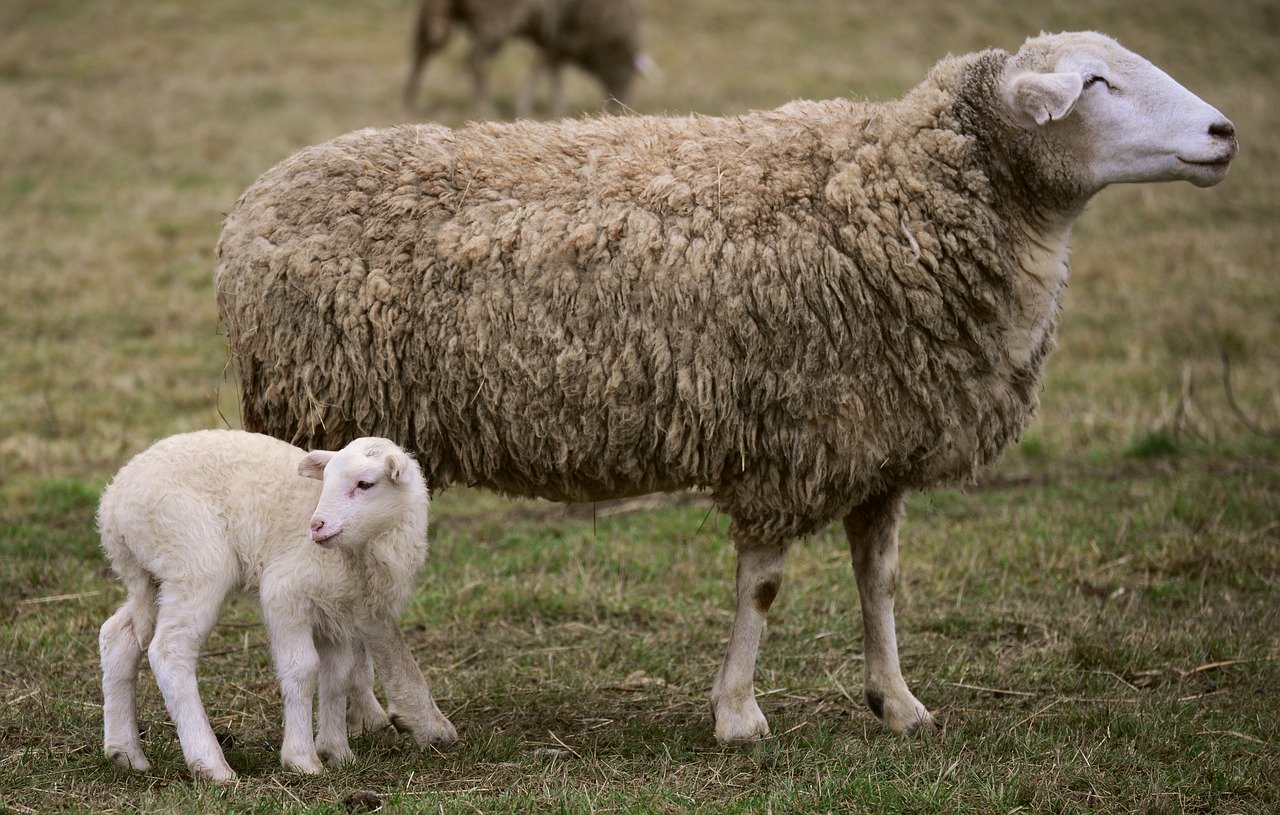
Even during a drought, producers can have production limiting and deadly worm burdens in sheep. This is often met with dismay, as worm eggs need moisture to hatch, and pasture for larvae to live on and for infection to occur. Worms however, have evolved to cope with the drought, and can persist for many months in stock.
With widespread recent rains occurring across the eastern states, a few considerations in stock are:
- 4 - 6 weekly mob WormTests are recommended for drought-affected stock in the moderate to high rainfall regions.
- Monitor worm egg counts each 4–6 weeks during drought if sheep have access to moist areas with growing grass.
- Drought-breaking rain is not required to cause a large increase in worms.
- Worm eggs develop and are released from the faecal pellets after about 10–15 mm of rain falling across a few days, although in hot areas some follow up rain may be required.
- Monitor worm egg counts 4–6 weeks after rainfall that results in green pick and continue monthly testing as the pasture comes away. Green pick resulting after rain is a good indicator that worms are hatching and larvae are becoming available on pasture.
- When stock are in lighter condition and when pastures are of lower quality and quantity, stock are not able to mount as effective an immune response and become more susceptible to worms. At these times they should be drenched at lower worm egg counts than when in good condition and on good pasture.
|
 |
 |
|
 |
 |
04 What makes worms even worse during the drought? |
 |
 |
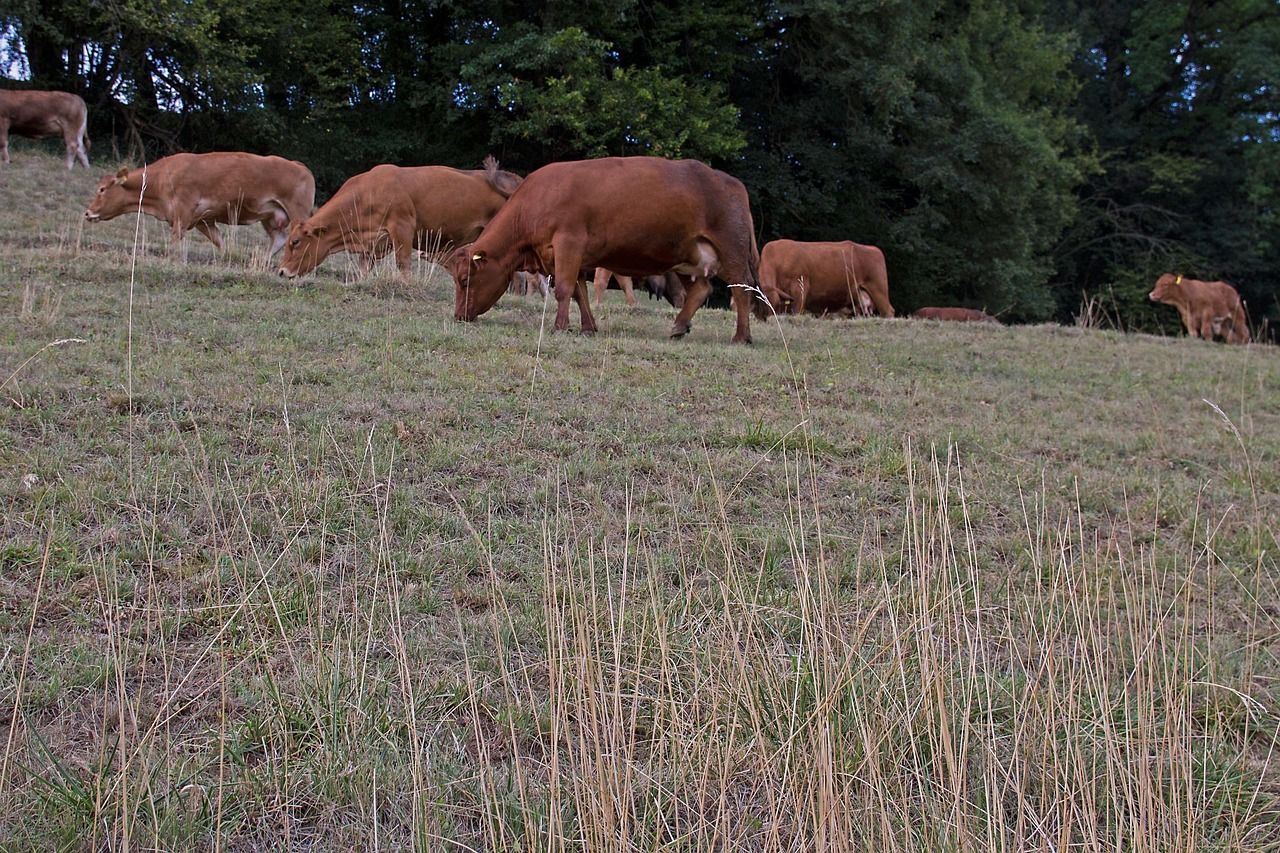
The lifecycle of the most pathogenic worm in Australia, Ostertagia ostertagi (the brown stomach worm) is simple. Adult worms live in the abomasum and produces eggs that are passed out in the manure. The eggs hatch in the faecal pat and then the larvae wriggle out of the pat, not further than one meter away, to a blade of grass which they climb just far enough up for another animal to come along and ingest them.
In normal situations, cattle then avoid grazing around faecal pats. However, when you have dry conditions there’s less to eat, and the cows are forced to eat pretty much everything. So, while the larvae don’t tend to live as long in dry conditions, the cattle pick up more larvae as they graze closer to manure.
On a relative basis, with feed being short and animal condition being lean, there’s possibly a greater advantage of drenching now, than when times are good. Worms taking nutrients away in the good times, when cows are fat and feed is plentiful is debatably a better scenario than taking nutrients away when calves are doing it tough, and cow condition is slipping.
Consider your parasite control program going forward now:
- Worms can survive in the stomach and intestines of cattle for up to 6-12 months.
- Worm eggs survive about 3-6 months in cattle dung pats as they are somewhat protected from extremes of heat and drying
- After 10-15mm of rain, larvae hatch out and migrate from the dung pats.
- As for sheep, cattle should be tested for worms 4-6 weeks after a rain event.
- An Autumn drench with Dectomax injectable is a good choice to clear out any inhibited larvae before they become adults and start producing eggs.
|
 |
 |
|
 |
 |
05 What you need to know about treating calf scours |
 |
 |

There are 5 areas to address when treating a scouring calf.
- Fluids – maintain hydration (oral OR intravenous)
- Energy
- Antimicrobials
- NSAIDS
- Warm, comfortable and isolated
Fluids
Dehydration is the biggest killer of scouring calves. Calves require electrolytes equal to or greater than the estimated amount of fluid lost in faeces. This is often 4-6L of electrolytes per day, on top of their milk feeds. Separate milk and electrolytes by 2 hours.
Once a calf is >8% dehydrated it needs intravenous fluids. To tell if a calf is >8% you should measure the eye position in the orbit. To do this:
- Roll lower eyelid out to where you think normal is then measure
- Measure with ruler
- If >4mm = >8% dehydrated = intravenous fluids!
Energy
Maintain calves on milk but feed smaller amounts more frequently. Don’t hold calves off milk for more than 24 hours. Milk has many components that facilitate the repair of damaged intestinal epithelium and maintains the growth of scouring calves.
Antimicrobials
If Salmonella or E.coli are implicated, antibiotic treatment will be very important. There will also be some calves which develop bacteremia with viral or crypto scours. Therefore, antibiotics should be considered in young calves (calves <14d old). Speak to us about which one.
NSAIDs
Metacam® has been shown to increased feed intake, increased body weight gain & starter ration intake and increase activity level in calves when administered with other standard treatments. It provides analgesia for intestinal cramping and abdominal pain. Metacam® should be added to your calf scour treatment protocol.
Warm, comfortable and isolated
Keeping calves warm, dry and clean in a separate hospital pen is very important to their survival.
|
 |
 |
|
 |
 |
06 Weaning foals |
 |
 |
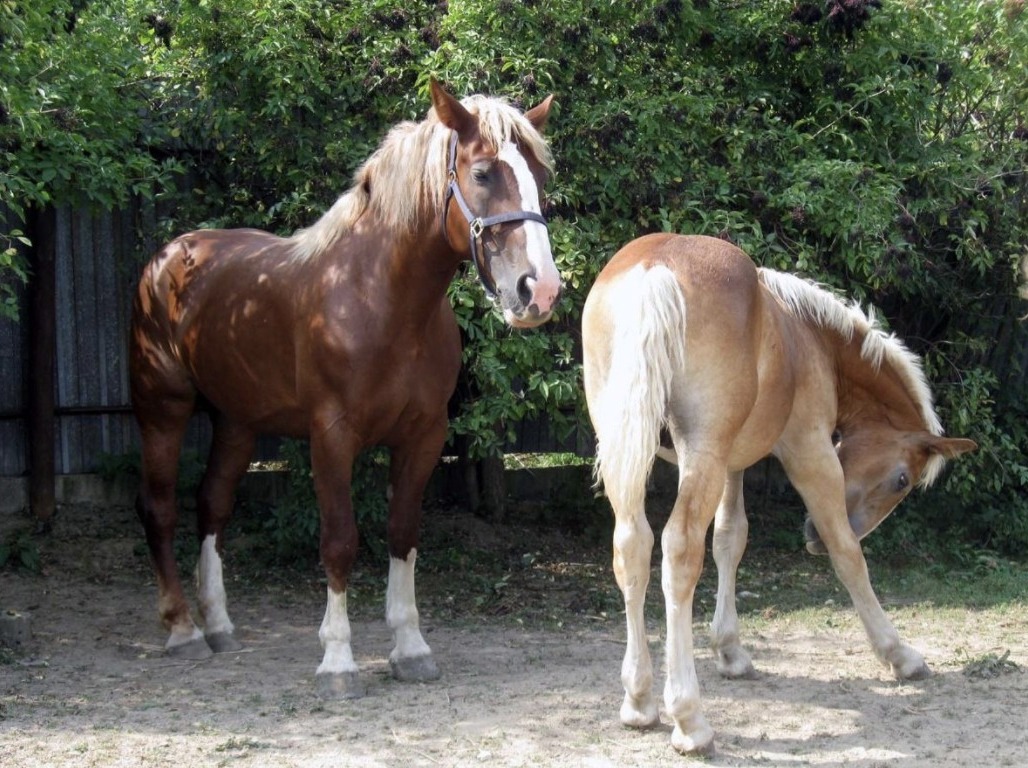
With the cooler Autumn months soon approaching horse breeders are likely to be contemplating the weaning of foals. Large scale breeders and those that have been in the game for some time may have already established tried-and-tested weaning approaches. For many first-time breeders, this can be a very new and daunting chapter. There is no “textbook” right or wrong way to go about weaning – approach can vary greatly from breeder to breeder depending on a whole range of factors - it is just a matter of deciding what will work best for you, your horses, and your circumstances.
Q. At what age should a foal be weaned?
A. Age of weaning can vary greatly. From around four to six months of age foals are usually becoming more independent, and are consuming more roughage, relying less on the mare’s milk. Weaning earlier than 4 months can be performed however should be done in consultation with your vet.
Q. What is the best method of weaning?
A: There are a range of methods of weaning varying from complete and abrupt separation (“no contact”) to slow and gradual separation. Deciding on a weaning approach should involve careful consideration of factors such as; your facilities and paddock layout, scale of operation, season or feed availability, and breed and size of your foal. Your vet can help guide you in what may work best for your individual scenario.
Q. How can I reduce the stress of weaning?
A: Preparation is key. You should carry out some basic handling and halter training of the foal pre-weaning. Ensure that the appropriate vaccinations and drenches are up to date, and that the foal is in good health. Nutrition is another big consideration - creep feeding is a good way to help ensure a smooth transition to the weanling diet.
|
 |
 |
|
 |
 |
07 What is 'lumpy jaw'? |
 |
 |
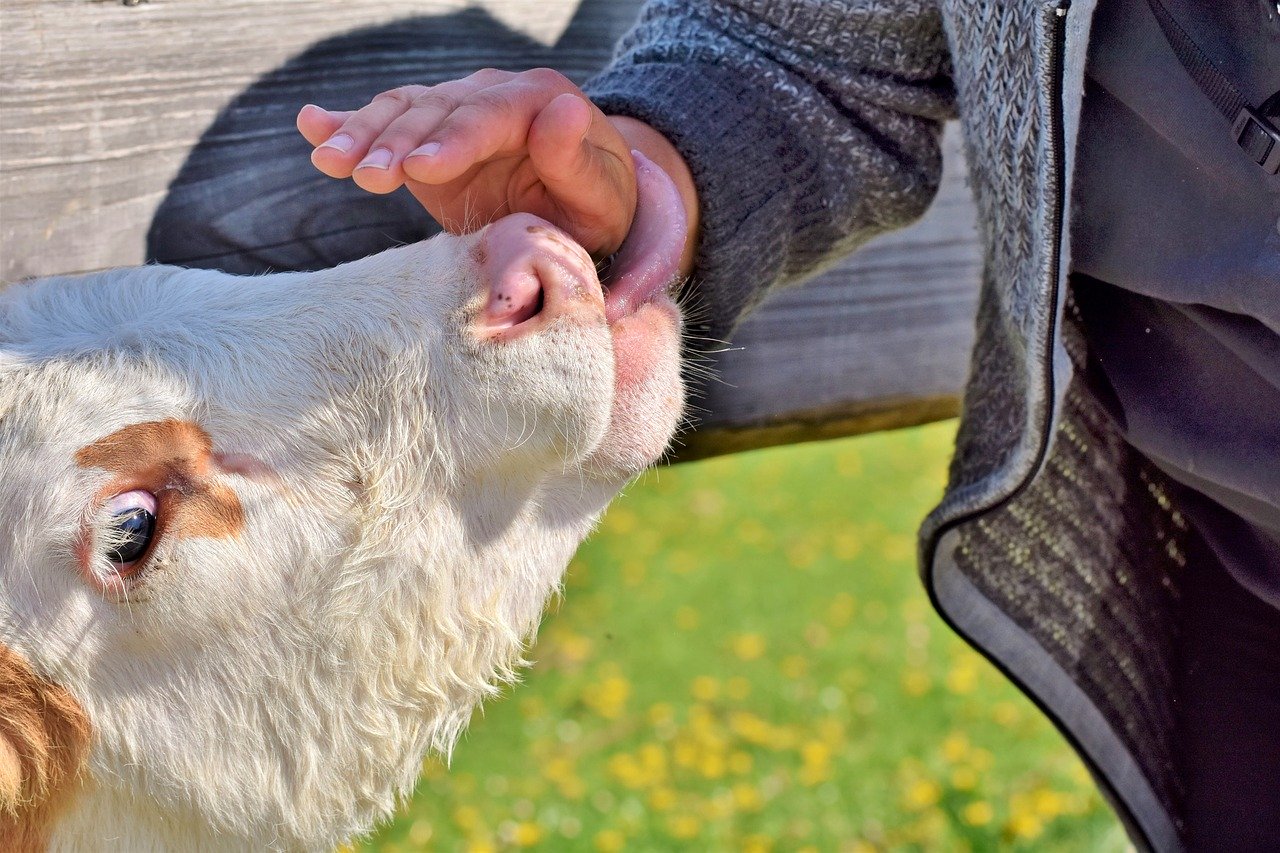
With the prevailing drought conditions and poor feed quality a lot of cattle have been on, there have been many reports of lumpy jaw infections occurring, sometimes in a large proportion of the herd.
What causes lumpy jaw?
Lumpy jaw is a bacterial disease caused by a specific bacterium, actinomyces bovis. The bacteria, which normally live in the mouth, invade tissue through breaks in the mucosal surface in the mouth. The chance of getting cuts and abrasions in the mucosa obviously goes up as the cattle begin to graze stalky feed, grass seeds, course hay, straw and scrub.
How can I tell if it’s lumpy jaw?
Lumpy jaw produces lumps on the upper and lower jawbones. These lumps are immovable, hard swellings on the bone. They develop slowly, over several months. They consist of honeycombed masses of thin bone filled with yellow pus. As the disease progresses, chewing becomes difficult and painful, resulting in a loss of condition.
Is it treatable?
When the infection is in the bone, the chance of a cure is very low. This bacteria can also cause a ‘skin only’ presentation which is much easier treated. Speak to us regarding antibiotic treatments.
What’s the expected course?
When cattle have a hard, immovable lump on the jaw, the prognosis is not good. Cutaneous forms of the disease are often more rewarding to treat. If attempted, early treatment is required, however relapses are common.
|
 |
 |
|
 |
 |
08 Stomach ulcers in performance horses - the facts |
 |
 |
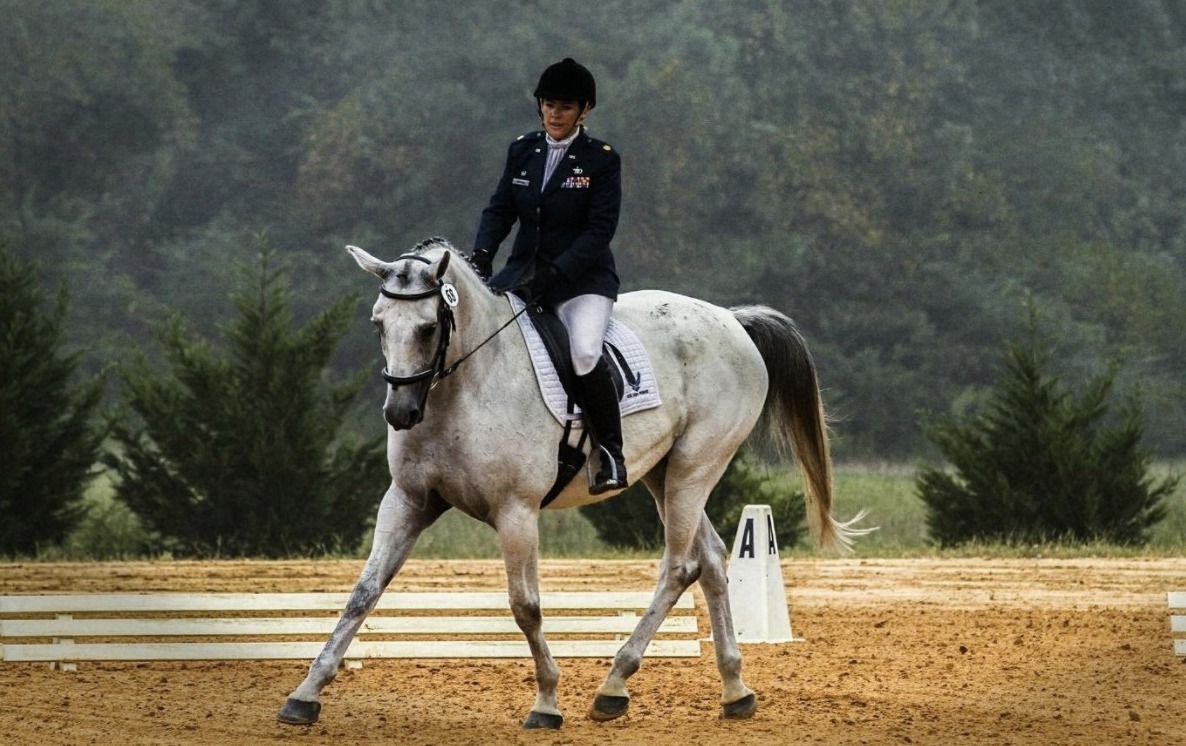
Stomach ulcers is a nasty condition that may affect a whopping 50-90% of performance horses! That can include racehorses, showjumping, eventing, dressage and endurance horses, and even pony club mounts.
Fact 1: A horse with stomach ulcers may show no outward signs. Many of us are aware of some of the common signs of gastric ulcers: irritability, poor body condition, girthiness – to name a few. Interestingly, the majority of horses suffering from stomach ulcers may not show any of these signs!
Fact 2: The ONLY way to definitively diagnose stomach ulcers is to have a gastric scope performed by a vet. A “treatment trial” can be useful – this involves administering a proven ulcer medication for a period of time and assessing for any improvement in clinical signs.
Fact 3: The most effective and proven treatment for stomach ulcers is a medication called Omeprazole. This medication needs to be obtained through your vet by prescription. Weaker (and therefore cheaper) omeprazole formulations found at your feed store or online are unlikely to solve your horse’s stomach ulcer problem.
|
 |
 |
|
|